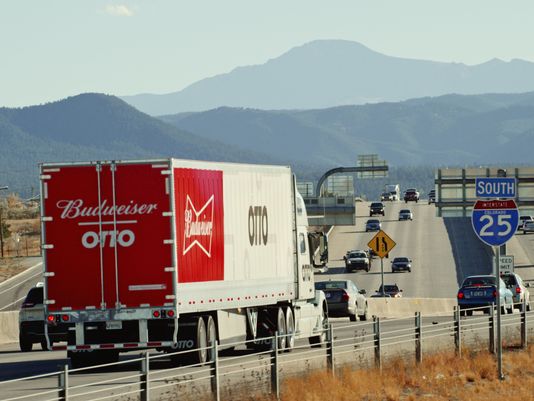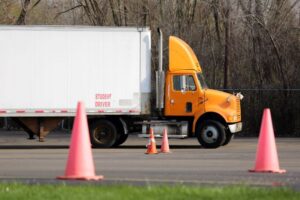SEATTLE — The most productive freeway corridor for self-driving trucks in the United States appears to be Interstate 5 through Washington and Oregon, according to a report released recently by the Kirkland, Washington-based INRIX data company.
The Seattle Times reports that the runners-up are I-95 from Jacksonville to Miami, Florida; I-75 from Valdosta, Georgia, to Miami; I-70 from Utah to Kansas, and I-85 from northeast Georgia to Greensboro, North Carolina, where companies could reduce the cost to move freight once self-driving vehicle technologies are ready.
INRIX looked at four criteria to make the rankings.
First, I-5 carries a lot of freight. State counts show nearly 21,000 daily truck trips through Tacoma and 12,000 at Longview.
Second, the highway is less congested than several other U.S. freeways on a 24-hour basis to operate trucks — despite INRIX’s own assertion this spring that Everett experiences the nation’s worst peak-time highway delays. Congestion eases throughout southern Washington and southern Oregon for interstate trips.
Third, the corridor is long — some 637 miles between Vancouver, B.C., and Yreka, California, where a self-guided truck could roll for hours at a time.
Finally, high incident rates throughout I-5 can cause sudden slowdowns. Autonomous trucks may be more valuable in avoiding secondary crashes if they can “see farther ahead” and reduce speed sooner than human drivers, said INRIX spokesman Mark Burfeind.
INRIX chose its criteria based on a future business model where an autonomous truck powered by electric batteries or diesel-hybrid motors would cross long highway miles and then be taken over by people who would pilot the rigs through crowded cities to the final loading dock or port, said Avery Ash, INRIX’s autonomous vehicle director.
Experiments are under way in a few states, including Colorado, where a self-driving beer truck covered 132 miles last year while a human on board moved about the cab. The INRIX report predicted few self-driving trucks on the road over the next five years, but they could become ubiquitous in 20 to 50 years.
The Associated Press is an independent global news organization dedicated to factual reporting. Founded in 1846, AP today remains the most trusted source of fast, accurate, unbiased news in all formats and the essential provider of the technology and services vital to the news business. The Trucker Media Group is subscriber of The Associated Press has been granted the license to use this content on TheTrucker.com and The Trucker newspaper in accordance with its Content License Agreement with The Associated Press.







